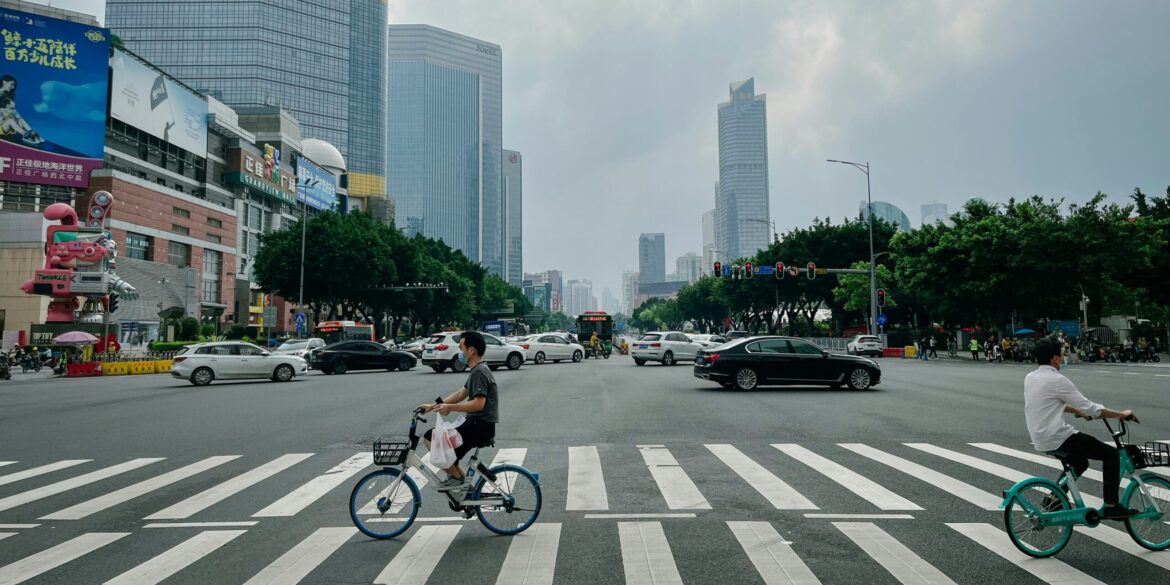The global business landscape has been undergoing a significant transformation over the past decade, and in 2025, Asia continues to assert its dominance as a leading hub for innovation, trade, and economic development. As Asia’s economies experience robust growth, the region’s influence on the global economy is stronger than ever, shaping business practices and global supply chains.
Economic Growth and Innovation in Asia
In 2025, Asia remains the fastest-growing economic region, with countries like China, India, Japan, and South Korea contributing heavily to global economic growth. According to the Asian Development Bank (ADB), Asia’s GDP is projected to grow by 5.5% in 2025, accounting for over 40% of global growth. This growth is driven by strong consumer markets, increasing industrial production, and technological advancements across industries like manufacturing, technology, and renewable energy.
China continues to be a driving force in the region, particularly in the areas of e-commerce, fintech, and clean energy. Meanwhile, India’s rapidly expanding tech sector and young, digital-savvy workforce make it an attractive destination for innovation and investment. Southeast Asia is also experiencing a tech boom, with cities like Singapore and Jakarta emerging as key players in the global startup ecosystem.
Asia’s Role in Global Supply Chains
Asia’s position as the heart of global supply chains has only strengthened in 2025. With major ports and manufacturing hubs in China, India, and other Southeast Asian countries, the region plays a pivotal role in global trade. In recent years, many companies have opted to diversify their supply chains across multiple Asian countries, in part due to disruptions caused by the COVID-19 pandemic and geopolitical tensions.
Asia’s focus on digital transformation is also transforming supply chain management. With advancements in artificial intelligence, blockchain, and automation, businesses in Asia are optimizing production, improving efficiency, and enhancing transparency in supply chains. This technological evolution is making the region an even more attractive destination for global business operations.
Trade Partnerships and Economic Agreements
In 2025, Asia continues to benefit from increasing trade partnerships and regional agreements. The Regional Comprehensive Economic Partnership (RCEP), which includes 15 countries across the Asia-Pacific, became fully operational in 2024, further promoting trade and investment across the region. The agreement has created a unified market with over 2 billion people, offering opportunities for companies to expand their reach in emerging markets.
Furthermore, Asia’s growing commitment to sustainability is paving the way for more international collaboration. Countries like Japan and South Korea are leading the charge in developing green technologies, and many businesses are aligning their strategies with the region’s environmental goals.
Asia’s Economic Future: What’s Next?
Looking ahead, Asia’s influence on the global economy is set to continue growing. As the region’s economies expand and innovate, businesses worldwide will need to adapt to Asia’s changing economic environment. The combination of rapid growth, technological innovation, and trade agreements positions Asia to remain at the center of global business for the foreseeable future.
In 2025, Asia is not just a region of economic growth but a major player in shaping the future of global business practices and international trade.

